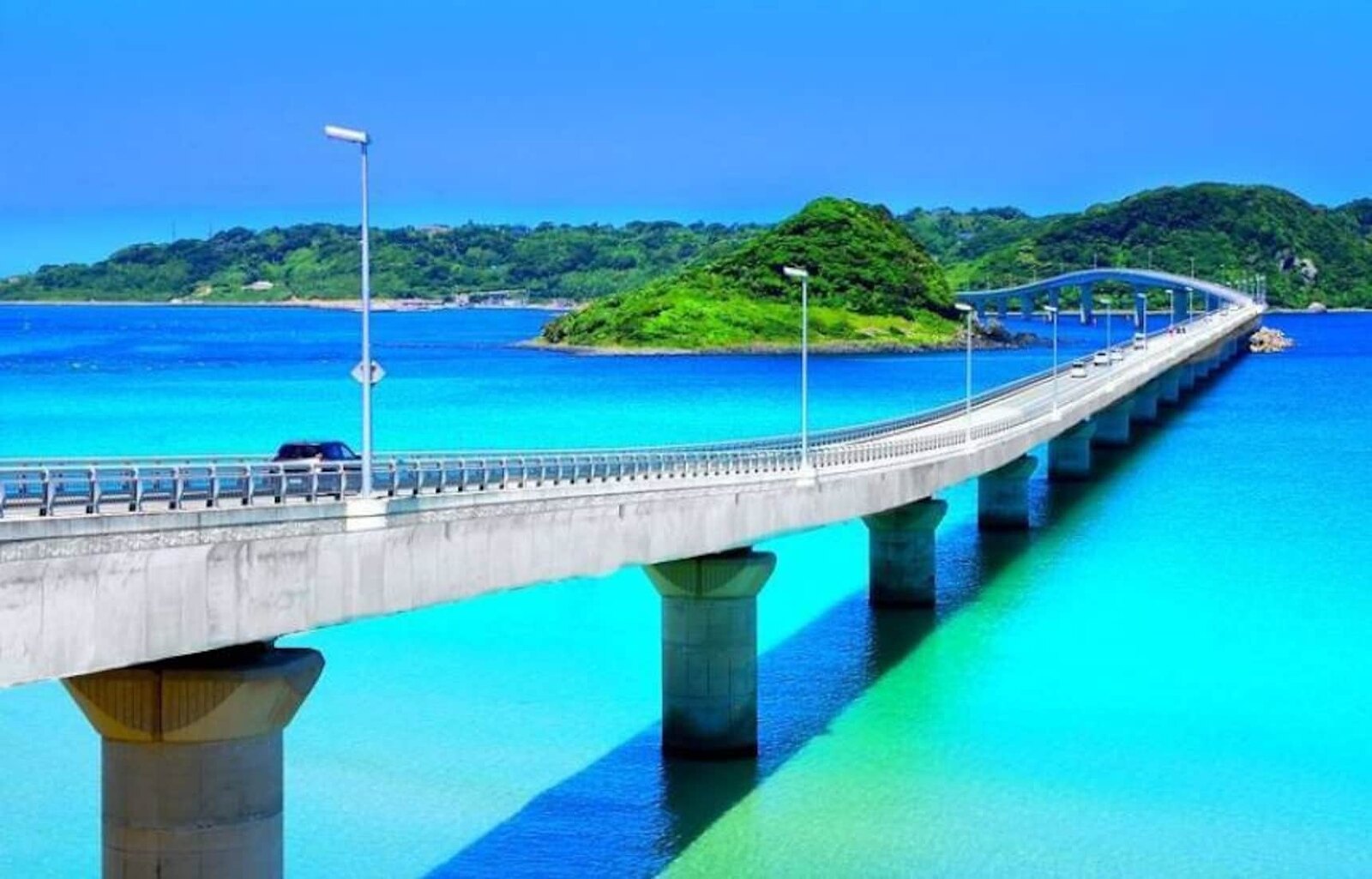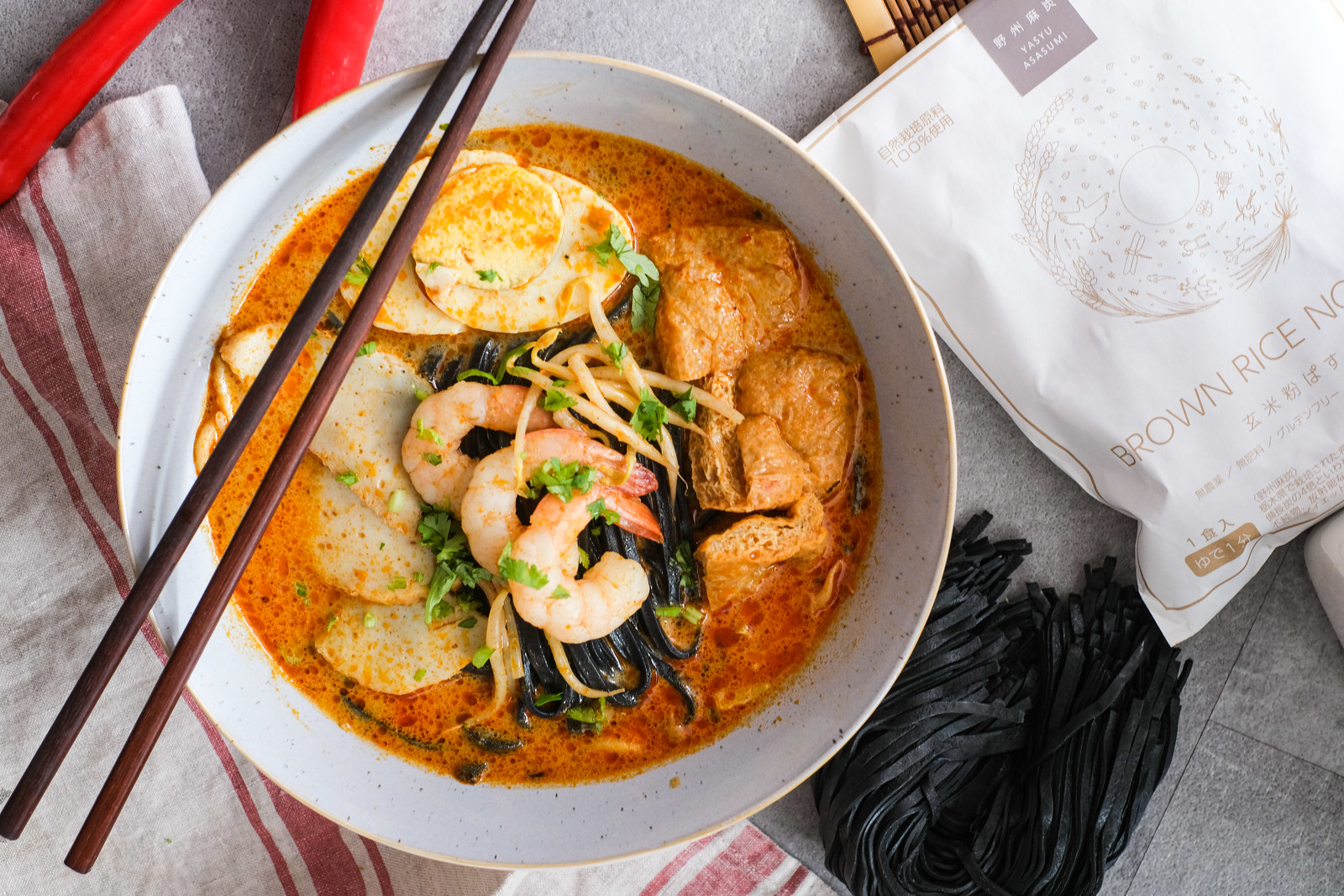3 Cozy Japanese Winter Recipes to Warm You Up From the Inside Out
March 01, 2022

I have only experienced winter in Japan once. This is the perfect season for drinking hot sake, relaxing in a hot spring, and skiing all day. Winter is also a time for eating a variety of warming dishes when the days grow chilly.
We’ve been longing for a Japan VTL forever. Even though we haven’t reached that stage yet, you can still enjoy some of Japan’s most delicious winter foods in Singapore. Read more!

Yamaguchi Prefecture is located on the westernmost end of Honshu, the largest of Japan’s four main islands. As its three sides are surrounded by the Sea of Japan, the Seto Inland Sea, and the Kanmon Strait, it is famous for being rich in marine products.
In particular, Shimonoseki City has many excellent fishing grounds and has been actively engaged in fisheries and fishery processing industries. Some popular fresh fish in the region include Monkfish, Longtooth Grouper (Kue), Amadai (Tilefish) and more.

Now before you decide to close this page, let me explain. This is monkfish. Yes, this deep-sea fish is huge and is not the most aesthetically-pleasing creature. But this is actually edible and many Japanese chefs have turned this into a delicacy.
This huge fish arrived in the office one day. You can purchase it from https://supafreshjapan.com. It is so huge and slimy that it’s really hard to prepare it on a regular cutting board. Japanese usually hang the fish so they can prepare and cut it more easily.
No part of a fresh monkfish goes to waste. It is used in a variety of dishes including hot pots, sashimi, karaage, and more. The liver of monkfish is often referred to as the foie gras of the sea. It is rich and smooth, with an incredibly rich flavour.
The most popular way to eat monkfish in Japan is to make a hot pot, called anko nabe. It is eaten with plenty of vegetables and a miso or soy sauce soup with the monkfish’s liver blended in. This time round, I decided to make a plate of crispy monkfish instead.


Ingredients
- 2 pieces of monkfish fillet
- 1/4 cup all-purpose flour
- 2 beaten eggs
- 1 cup panko Japanese bread crumbs
- Salt and freshly ground pepper
- 4 tablespoons unsalted butter
- 1/4 cup vegetable oil
Instructions
-
Season the fish with salt and pepper. Put the flour, beaten eggs and panko in 3 shallow bowls. Dust each slice with flour, tapping off the excess.
-
Dip the floured fish in the egg and then in the panko, pressing to help the crumbs adhere.
-
In a large skillet, melt 2 tablespoons of the butter in 2 tablespoons of the oil.
-
Add the monkfish, band cook over high heat until golden, about 3 minutes. Carefully flip the fish and cook just until white throughout, 2 to 3 minutes longer.
-
Transfer the fish to a plate and serve with salad.


Tip: Pair the monkfish with a delicious dip from Gotouya. In this case, I paired it with the Yamagata Spicy Miso & Mayonnaise dip. Made with spicy cod roe and special eggs from Yamagata prefecture, you can use the dip for vegetable sticks, sandwiches, pasta and more. I love this mildly spicy dip, it is the perfect dinner for anyone who loves fish.

Another fish that is widely popular in Yamaguchi Shimonoseki is the kue. This longtooth grouper is a large fish that can be over one meter in length. This fish is called “Kue” in Kanto, however Kyushu people call it “Ara”. It has firm and tasty white meat as well as rich collagen around the thick skin. During winter, it accumulates fat and the juiciness of fish brings out the delicate taste. Its light flavour is best used for sashimi as well as hot pot dishes. Every slice of it tastes like a fatty cut of high quality tuna belly. You can purchase it from https://supafreshjapan.com/
The best season for Kue is in winter when the Kyushu sumo tournament is held in November and sumo wrestlers enjoy it in a nabe hotpot. There is no part to be thrown away, you can even eat the stomach and gills!

Since this fresh fish flew in specially from Japan, we decided to just make a sashimi salad and pair it with Gotouya’s Cheese in Basil Oil. This is refreshingly flavored snack cheese made with Genovese sauce from their own basil farm. Besides using it as salad dip, you can also use the remaining oil for pasta and pizza.

We all know that brown rice is a superfood rich in dietary fiber and minerals. But it takes a long time to cook them and if you are in a rush, it’s almost impossible to enjoy brown rice.
However, you can easily add nutritious brown rice noodles to your daily diet with Satoiro Brown Rice Noodles. It is gluten-free, allergen-free, GMO-free. Just boil for 60 seconds and your meal is ready!
Satoiro Brown Rice Noodles come in 3 variations: Original, Okinawa Moringa, Yasu Asasumi Hemp Charcoal. The texture of the brown rice noodles is somewhat similar to fresh pasta and cold soba.
I decided to make a healthy one pot meal using Satoiro Brown Rice Noodles. It is an easy go-to meal for busy weeknights that will be ready in just about 35 minutes.



Ingredients
- 2 tbsp olive oil
- 1 small yellow onion diced
- 2 cloves garlic minced
- 2 packs of Satoiro Brown Rice Noodles
- 1 broccoli chopped into small florets
- 1 portobello mushrooms
- 1 can diced tomatoes
- 1 1/2 cups pasta sauce
- 3 cups chicken stock
- 1 tsp salt
- ½ tsp pepper
- 1 tsp Italian herb
- 1/2 tsp red pepper flake
- parmesan cheese for topping
Instructions
-
Cook Satoiro Brown Rice Noodles for 60 seconds. Set aside.
-
In a large pan, heat olive oil over medium high heat. Add in garlic and onion and saute until translucent.
-
Add in the rest of the ingredients, and stir until everything is combined. Cover with lid and bring to boil. Simmer for 15 minutes, stirring occasionally until most of the liquid is absorbed.
-
Turn off the heat and add in the brown rice noodles. Mix well and top with freshly grated parmesan cheese.

Tip: Satoiro Brown Rice Noodles is very versatile and can be used for all kinds of noodle dishes such as pasta, tsukemen (dipping ramen noodles), and tantanmen (Sichuan spicy noodles). I even use the charcoal noodles to make laksa and it tastes awesome!
Hope this inspires you to start cooking! I have already started thinking about the foods that I want to try along with experiencing lots of activities on my next visit to Japan!





